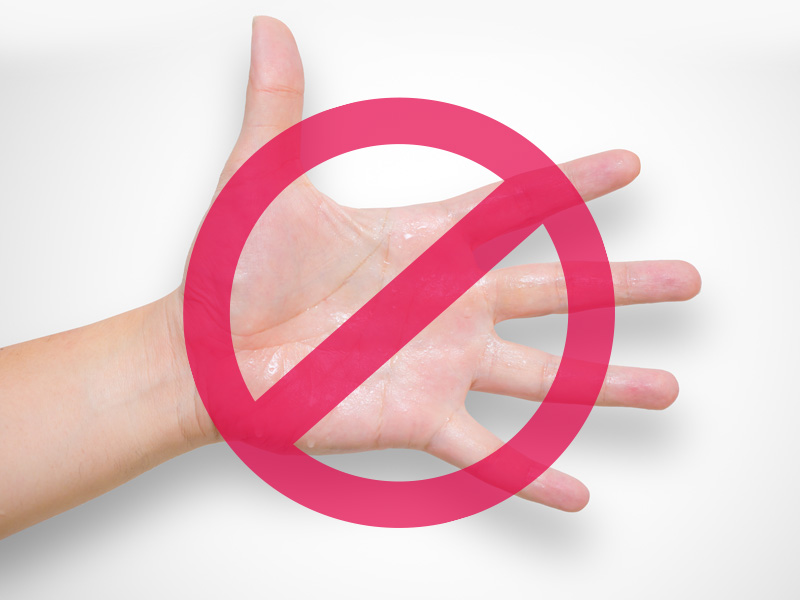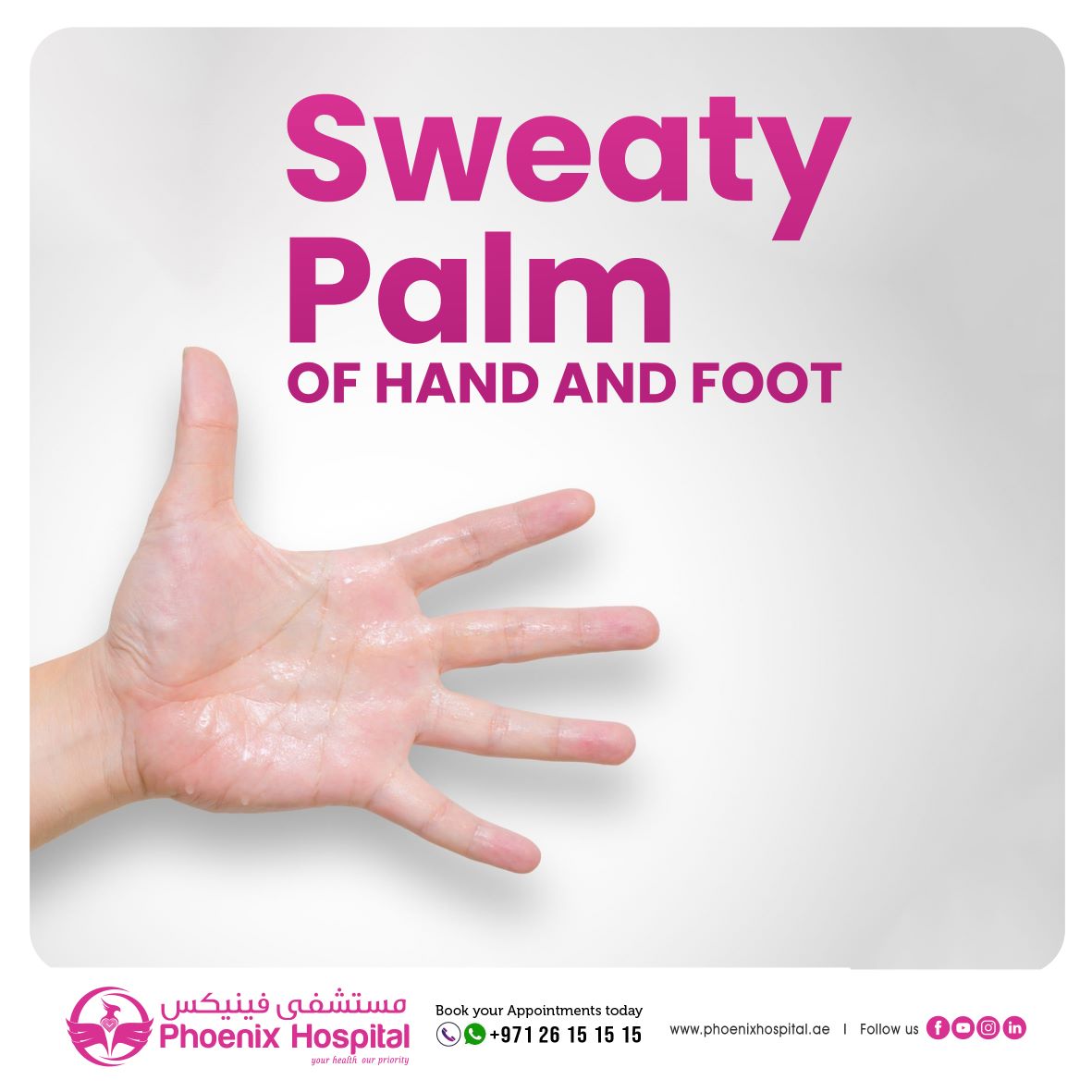Efficient Dermatology Solutions for Excessive Sweating: How to Stop Sweaty Hands and Feet
Efficient Dermatology Solutions for Excessive Sweating: How to Stop Sweaty Hands and Feet
Blog Article
Comprehending the Origin Causes of Excessive Sweating and Its Influence On Every Day Life
While it is typically comprehended as a physiological action to control body temperature, the triggers for excessive sweating can differ extensively among individuals, encompassing not just physical elements however also psychological and emotional elements. By diving into the root creates of hyperhidrosis and exploring its multifaceted results, a much deeper understanding of this pervasive concern can be gotten, shedding light on the complexities that people grappling with too much sweating browse on an everyday basis.
Physiology of Sweat Glands
The policy of sweat production, a crucial physical procedure, is mostly regulated by the activity of sweat glands dispersed across the body. Sweat glands are categorized into 2 primary kinds: eccrine and apocrine glands. Eccrine glands are the most numerous and are located in mostly all locations of the body. They play a crucial role in thermoregulation by producing a watery fluid onto the skin's surface area, which aids and evaporates cool down the body down. On the other hand, apocrine glands are concentrated in locations rich in hair roots, such as the armpits and groin, and their secretions are thicker and milky in look.
When the body temperature level rises, either because of exercise, high temperatures, or psychological stress, the nerves causes the sweat glands to create sweat. This sweat is made up primarily of water and electrolytes like sodium and chloride. The procedure of sweat manufacturing is important for preserving the body's inner temperature within a narrow, ideal array, highlighting the crucial function gland play in human physiology.
Triggers for Excessive Sweating
In recognizing the origin of extreme sweating, it is critical to identify the triggers that can lead to this physiological action. Too much sweating, additionally known as hyperhidrosis, can be prompted by various elements, both environmental and physical. One typical trigger is psychological anxiety or anxiousness, which can boost the body's gland to generate even more sweat than is needed for cooling. Physical effort, heats, and spicy foods are likewise understood to activate extreme sweating in individuals prone to this condition. Particular clinical problems like menopause, hyperthyroidism, or diabetes can add to extreme sweating as well.
Additionally, drugs such as some antidepressants, opioids, and specific supplements can also work as triggers for hyperhidrosis. Recognizing these triggers is necessary in managing extreme sweating properly - Exessive Sweating. By recognizing and resolving the specific triggers that motivate excessive sweating in a specific, doctor can create individualized therapy plans to minimize this problem and enhance the person's lifestyle
Medical Conditions Associated
Linked with excessive sweating are numerous medical problems that can worsen this physical response. One common problem is hyperhidrosis, a problem characterized by unusually enhanced sweating that surpasses the body's thermoregulatory requirements. This can show up in focal locations like the hands, soles, underarms, or face, influencing an individual's lifestyle as a result of social humiliation and pain.
Moreover, endocrine conditions such as hyperthyroidism, diabetes, and menopausal warm flashes can likewise lead to excessive sweating. Hyperthyroidism triggers an overflow of thyroid hormonal agents, speeding up metabolism and triggering sweating. Diabetes mellitus can generate sweating episodes, especially during hypoglycemic episodes when blood sugar levels go down as well low. Menopausal warm flashes, associated to hormonal fluctuations during menopause, can trigger intense and unexpected sweating, typically come with by flushing and heart palpitations.
Moreover, infections like hiv, tuberculosis, and endocarditis have been connected with evening sweats, a common sign understood to disrupt rest and influence general health. These medical problems highlight the varied series of underlying elements that can add to too much sweating, necessitating extensive assessment and management by medical care specialists.
Emotional and Emotional Aspects

Effect On Social Communications
Too much sweating can have profound impacts on an individual's ability to engage comfortably in social interactions. The visible signs of sweat spots or damp patches on clothes can bring about embarrassment and self-consciousness, causing people to withdraw from social scenarios. This withdrawal can influence connections, limitation social activities, and prevent individual and specialist growth.

Furthermore, the anxiety and self-esteem problems stemming from excessive sweating can influence communication and social abilities. Individuals might have a hard time to focus on conversations, get involved in group activities, or share themselves confidently. This can lead to sensations of isolation and loneliness, as social connections become testing to preserve.
Conclusion

While it is typically comprehended as a physiological response to regulate body temperature, the triggers for extreme sweating can vary commonly amongst people, incorporating not just physical aspects but psychological and also psychological components. By delving into the origin triggers of hyperhidrosis and exploring its complex impacts, a much deeper understanding of this prevalent problem can be gained, losing light on the intricacies that individuals grappling with too much sweating navigate on a day-to-day basis.
Physical physical effort, high temperature levels, and spicy foods are likewise known to cause too much sweating in individuals vulnerable to this problem. By determining and dealing with the certain triggers that prompt too much sweating in a private, medical care suppliers can develop tailored therapy plans to minimize this condition and improve the person's top quality of life.
Too much sweating can have extensive impacts on a person's capability to involve easily in social communications.
Report this page